1. Lee KS, Park JH. Burden of disease in Korea during 2000–10. J Public Health (Oxf). 2014; 36(2):225–234. PMID:
23759601.

2. Dalen JE, Alpert JS, Goldberg RJ, Weinstein RS. The epidemic of the 20(th) century: coronary heart disease. Am J Med. 2014; 127(9):807–812. PMID:
24811552.

3. Cha S, Park JJ, Kim S, Ahn HY, Han K, Lee Y, et al. Need for systematic efforts to modify health-related behaviors after acute myocardial infarction in Korea. Circ J. 2018; 82(10):2523–2529. PMID:
30068823.

4. Smith SC Jr, Benjamin EJ, Bonow RO, Braun LT, Creager MA, Franklin BA, et al. AHA/ACCF secondary prevention and risk reduction therapy for patients with coronary and other atherosclerotic vascular disease: 2011 update: a guideline from the American Heart Association and American College of Cardiology Foundation. Circulation. 2011; 124(22):2458–2473. PMID:
22052934.
5. Piepoli MF, Corrà U, Adamopoulos S, Benzer W, Bjarnason-Wehrens B, Cupples M, et al. Secondary prevention in the clinical management of patients with cardiovascular diseases. Core components, standards and outcome measures for referral and delivery: a policy statement from the cardiac rehabilitation section of the European Association for Cardiovascular Prevention & Rehabilitation. Eur J Prev Cardiol. 2014; 21(6):664–681. PMID:
22718797.
6. Kim C, Sung J, Lee JH, Kim WS, Lee GJ, Jee S, et al. Clinical practice guideline for cardiac rehabilitation in Korea. Ann Rehabil Med. 2019; 43(3):355–443. PMID:
31311260.

7. Anderson L, Thompson DR, Oldridge N, Zwisler AD, Rees K, Martin N, et al. Exercise-based cardiac rehabilitation for coronary heart disease. Cochrane Database Syst Rev. 2016; 2016(1):CD001800.

8. Lawler PR, Filion KB, Eisenberg MJ. Efficacy of exercise-based cardiac rehabilitation post-myocardial infarction: a systematic review and meta-analysis of randomized controlled trials. Am Heart J. 2011; 162(4):571–584.e2. PMID:
21982647.

9. Lee YH, Hur SH, Sohn J, Lee HM, Park NH, Cho YK, et al. Impact of home-based exercise training with wireless monitoring on patients with acute coronary syndrome undergoing percutaneous coronary intervention. J Korean Med Sci. 2013; 28(4):564–568. PMID:
23580444.

10. Benzer W, Rauch B, Schmid JP, Zwisler AD, Dendale P, Davos CH, et al. Exercise-based cardiac rehabilitation in twelve European countries results of the European cardiac rehabilitation registry. Int J Cardiol. 2017; 228:58–67. PMID:
27863363.

11. Im HW, Baek S, Jee S, Ahn JM, Park MW, Kim WS. Barriers to outpatient hospital-based cardiac rehabilitation in Korean patients with acute coronary syndrome. Ann Rehabil Med. 2018; 42(1):154–165. PMID:
29560336.

12. Turk-Adawi K, Supervia M, Lopez-Jimenez F, Pesah E, Ding R, Britto RR, et al. Cardiac Rehabilitation Availability and Density around the Globe. EClinicalMedicine. 2019; 13:31–45. PMID:
31517261.
14. Song SO, Jung CH, Song YD, Park CY, Kwon HS, Cha BS, et al. Background and data configuration process of a nationwide population-based study using the Korean national health insurance system. Diabetes Metab J. 2014; 38(5):395–403. PMID:
25349827.

15. Seong SC, Kim YY, Khang YH, Park JH, Kang HJ, Lee H, et al. Data resource profile: The National Health Information Database of the National Health Insurance Service in South Korea. Int J Epidemiol. 2017; 46(3):799–800. PMID:
27794523.
16. Kimm H, Yun JE, Lee SH, Jang Y, Jee SH. Validity of the diagnosis of acute myocardial infarction in Korean national medical health insurance claims data: the Korean heart study (1). Korean Circ J. 2012; 42(1):10–15. PMID:
22363378.

17. Quan H, Sundararajan V, Halfon P, Fong A, Burnand B, Luthi JC, et al. Coding algorithms for defining comorbidities in ICD-9-CM and ICD-10 administrative data. Med Care. 2005; 43(11):1130–1139. PMID:
16224307.

19. Humphrey R, Guazzi M, Niebauer J. Cardiac rehabilitation in Europe. Prog Cardiovasc Dis. 2014; 56(5):551–556. PMID:
24607021.

20. Beatty AL, Truong M, Schopfer DW, Shen H, Bachmann JM, Whooley MA. Geographic variation in cardiac rehabilitation participation in medicare and veterans affairs populations: opportunity for improvement. Circulation. 2018; 137(18):1899–1908. PMID:
29305529.
21. Dunlay SM, Witt BJ, Allison TG, Hayes SN, Weston SA, Koepsell E, et al. Barriers to participation in cardiac rehabilitation. Am Heart J. 2009; 158(5):852–859. PMID:
19853708.

22. Witt BJ, Jacobsen SJ, Weston SA, Killian JM, Meverden RA, Allison TG, et al. Cardiac rehabilitation after myocardial infarction in the community. J Am Coll Cardiol. 2004; 44(5):988–996. PMID:
15337208.

23. Cooper AF, Jackson G, Weinman J, Horne R. Factors associated with cardiac rehabilitation attendance: a systematic review of the literature. Clin Rehabil. 2002; 16(5):541–552. PMID:
12194625.

24. Supervía M, Medina-Inojosa JR, Yeung C, Lopez-Jimenez F, Squires RW, Pérez-Terzic CM, et al. Cardiac rehabilitation for women: a systematic review of barriers and solutions. Mayo Clin Proc. 2017; 92(4):565–577.

25. Deaton C. Addressing the paradox of age and participation in cardiac rehabilitation. Eur J Prev Cardiol. 2019; 26(10):1050–1051. PMID:
30922103.

26. Schopfer DW, Forman DE. Cardiac rehabilitation in older adults. Can J Cardiol. 2016; 32(9):1088–1096. PMID:
27297002.

27. Ruano-Ravina A, Pena-Gil C, Abu-Assi E, Raposeiras S, van 't Hof A, Meindersma E, et al. Participation and adherence to cardiac rehabilitation programs. A systematic review. Int J Cardiol. 2016; 223:436–443. PMID:
27557484.

28. De Angelis C, Bunker S, Schoo A. Exploring the barriers and enablers to attendance at rural cardiac rehabilitation programs. Aust J Rural Health. 2008; 16(3):137–142. PMID:
18471183.

29. Fiatarone Singh MA. Tailoring assessments and prescription in cardiac rehabilitation for older adults: the relevance of geriatric domains. Clin Geriatr Med. 2019; 35(4):423–443. PMID:
31543176.
30. Nielsen KM, Faergeman O, Foldspang A, Larsen ML. Cardiac rehabilitation: health characteristics and socio-economic status among those who do not attend. Eur J Public Health. 2008; 18(5):479–483. PMID:
18614608.

31. Shanmugasegaram S, Oh P, Reid RD, McCumber T, Grace SL. Cardiac rehabilitation barriers by rurality and socioeconomic status: a cross-sectional study. Int J Equity Health. 2013; 12(1):72. PMID:
23985017.

32. Grace SL, Shanmugasegaram S, Gravely-Witte S, Brual J, Suskin N, Stewart DE. Barriers to cardiac rehabilitation: Does age make a difference? J Cardiopulm Rehabil Prev. 2009; 29(3):183–187. PMID:
19471138.
33. Shanks LC, Moore SM, Zeller RA. Predictors of cardiac rehabilitation initiation. Rehabil Nurs. 2007; 32(4):152–157. PMID:
17650782.

34. Allen JK, Scott LB, Stewart KJ, Young DR. Disparities in women's referral to and enrollment in outpatient cardiac rehabilitation. J Gen Intern Med. 2004; 19(7):747–753. PMID:
15209588.

35. De Vos C, Li X, Van Vlaenderen I, Saka O, Dendale P, Eyssen M, et al. Participating or not in a cardiac rehabilitation programme: factors influencing a patient's decision. Eur J Prev Cardiol. 2013; 20(2):341–348. PMID:
22345682.

36. Blackburn GG, Foody JM, Sprecher DL, Park E, Apperson-Hansen C, Pashkow FJ. Cardiac rehabilitation participation patterns in a large, tertiary care center: evidence for selection bias. J Cardiopulm Rehabil. 2000; 20(3):189–195. PMID:
10860201.

37. Evenson KR, Fleury J. Barriers to outpatient cardiac rehabilitation participation and adherence. J Cardiopulm Rehabil. 2000; 20(4):241–246. PMID:
10955265.

38. van Engen-Verheul M, de Vries H, Kemps H, Kraaijenhagen R, de Keizer N, Peek N. Cardiac rehabilitation uptake and its determinants in the Netherlands. Eur J Prev Cardiol. 2013; 20(2):349–356. PMID:
22345699.

39. Ades PA, Keteyian SJ, Wright JS, Hamm LF, Lui K, Newlin K, et al. Increasing cardiac rehabilitation participation from 20% to 70%: a road map from the million hearts cardiac rehabilitation collaborative. Mayo Clin Proc. 2017; 92(2):234–242. PMID:
27855953.

40. Kim SH, Cha S, Kang S, Han K, Paik NJ, Kim WS. High prevalence of physical inactivity after heart valve surgery and its association with long-term mortality: A nationwide cohort study. Eur J Prev Cardiol. 2020; 2047487320903877. PMID:
32053015.

41. Ades PA, Keteyian SJ, Balady GJ, Houston-Miller N, Kitzman DW, Mancini DM, et al. Cardiac rehabilitation exercise and self-care for chronic heart failure. JACC Heart Fail. 2013; 1(6):540–547. PMID:
24622007.

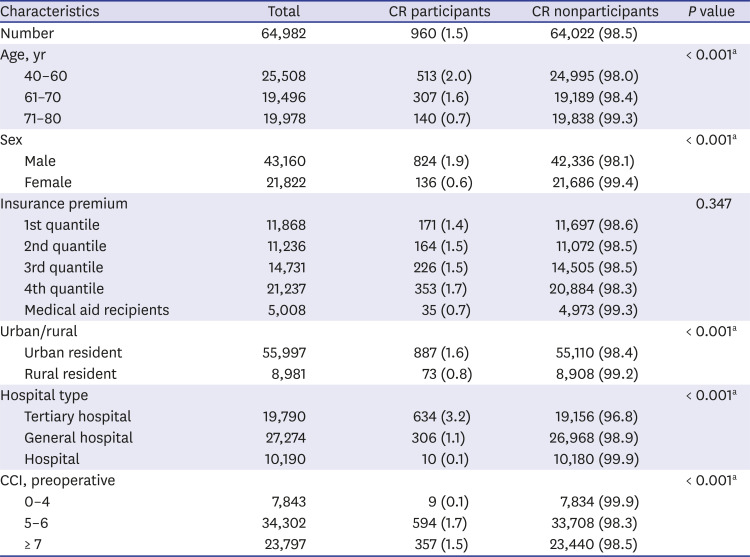
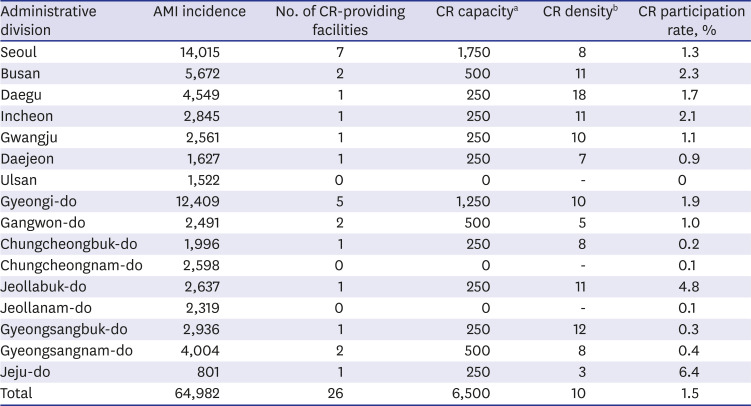
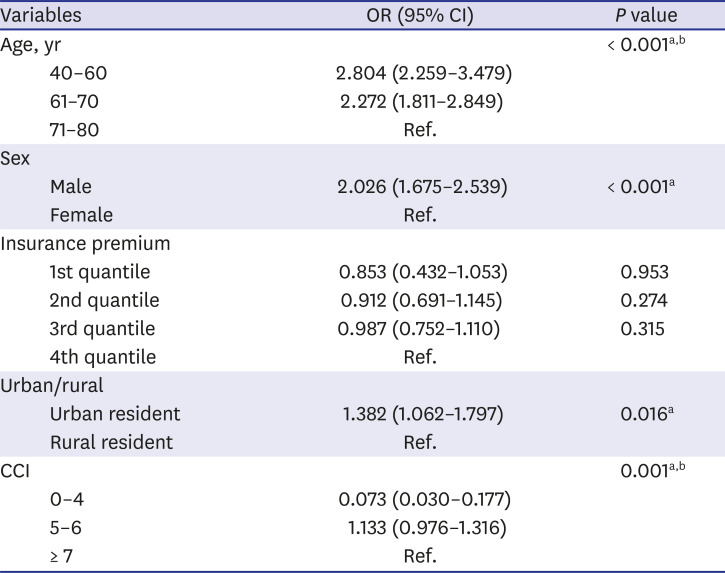




 PDF
PDF Citation
Citation Print
Print



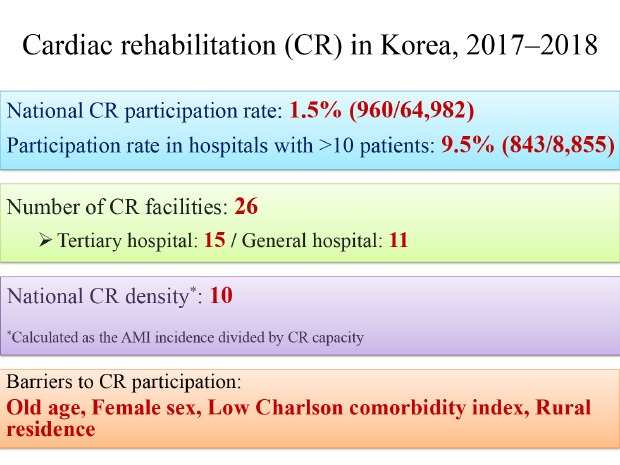
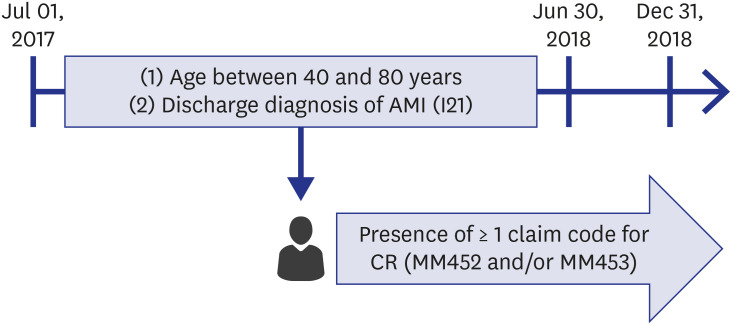


 XML Download
XML Download